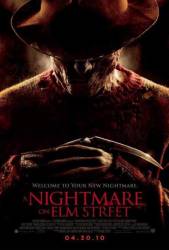
Question: At the beginning of the movie, when Dean is asleep, Freddy holds a sharp knife to his throat and cuts it while in the real world it looks like Dean is doing it himself. When Kris falls asleep in class, she is trying to escape from Freddy but is forced into a chair in the back of the classroom. When she wakes up screaming why is she still in her own seat instead of a seat in the back of the class like in her nightmare?
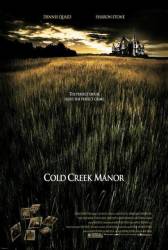
Question: Why wasn't Dale arrested after he hit the officer's sister and beat up two other people?
Chosen answer: If she arrested Dale, her sister (Dale's gf) would be upset. But mostly, it's a small town where they all know each other, and that's just how things work.
Answer: Plus The sister would have denied it. She said she fell down and just like Kurt added it's a small town plus he already had people on his side when he jumped on the family at the dinner. Plus his girlfriend jumped in mom face because Dale was mad at husband.
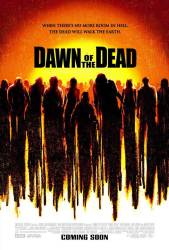
Question: I noticed on Andy's final moments video on the DVD, the month on the camera goes from May(When he explains the Hollywood Squares game.) To June when he finally turns to a zombie. Was the movie supposed to take place in a month or is that just a simple mistake?
Answer: Yes, part of the point of Andy's video is to give the viewer the timespan of the film.
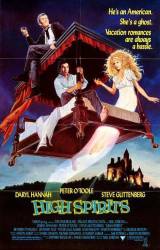
Question: What did Mary mean when she told Jack that Martin squished?
New this monthAnswer: I think she was inferring he had "wet farts." We hear him passing gas, but if it was more... depository than that, it would definitely be more genteel to say he "squished..."
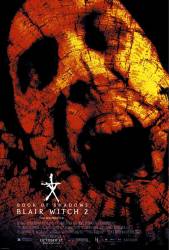
Question: On the DVD (UK, not sure about anywhere else) there is a feature called 'the secret of esrever', which tells you to look for very subliminal hidden images in the film - I have looked so many times and there is still one I can't find - does anyone know where the 'water' one is? The only thing I can see is what looks like an owl's head made out of the trees in the scene where the woman is drowning a baby in the lake. If this is it how does it relate to the film? Also is there a message in the images? There are a few words but I can't make a sentence out of them.
Answer: In the scene where the baby is submerged in the water, watch the lower right-hand side of the screen. You'll see the shadow of a stickman emerge and come higher into the frame.

Question: How can Michael recognize Laurie as his younger sister since he wouldn't have seen her since she was only two years old?
Answer: There is a scene where Laurie dreams about meeting Michael as a young teen. It's unknown whether this is an actual memory of real events, but since nothing indicates otherwise, we could assume the he saw her at an older age when she looked closer to her 17-year-old self.
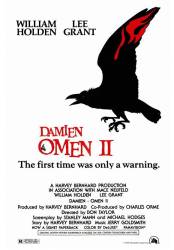
Question: When Damian learns that he is the Antichrist, he is very upset about it. Later in the movie, why does he choose to embrace who he is and his destiny?
Answer: Having lived as a "normal" boy, Damien is initially shocked to learn his true identity. After having time to adjust and being surrounded and groomed by satanic supporters, he eventually embraces his true persona.
The answer is correct, and I'm just going a into a bit more detail. During the events of the first film, Damien is normal until Mrs Baylock entered his life. She started teaching him about who he was, but he was only five or six, which would have been far too young for him to understand. He started acting more malicious after this point. After the movie ended, it skips ahead to Damien living with his uncle, aunt, and cousin. During that time, it's conceivable that the forces surrounding him decided to give him a period of peace. He was raised by his aunt (secretly a Satanist), but she might have been instructed to give him a normal upbringing so he wouldn't call attention to himself. As a result, he probably forgot about it, and started to believe he wasn't any different. Once he learned of his unholy lineage he began to remember and eventually embrace it, especially since he had several followers (Buher, Neff, and many others he may not have met yet) to help and protect him.
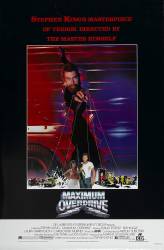
Question: One of the early posters of this film shows a bearded guy (who is not in the film) coming through a wall crack and holding puppet strings with one hand. Who is this guy supposed to be and what does he represent?
Chosen answer: He does bear a striking resemblance to Stephen King. King was both the writer and director of this movie, and as such, was certainly the guy in charge of all the character's fates and pulling all the strings.
Answer: It is Stephen King.
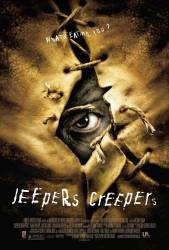
Question: What did Jezelle mean at the police station about the creeper saying "I think it's eaten too many hearts for its own to ever stop."
Answer: Since the Creeper needs various body parts i.e. eyes to see, lungs to breathe, it would also need to eat the hearts of its victims for its own heart to keep beating. Or she could mean that the Creeper is essentially devoid of all emotions as it keeps attacking anybody that has the body parts that it needs to extend its own life.
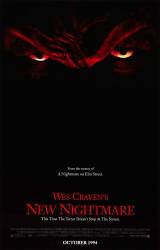
Question: Probably a dumb question, but does Robert Englund really paint pictures for a hobby...or was that simply made up for the film?
Chosen answer: According to his wife, the painting was made specifically for the movie. Robert doesn't paint at all.
Answer: He's a surfer dude, he wanted to be polishing his boards for that scene.

Question: If Sandra is at the scene of the accident, what is the purpose of the police officer showing up at the door to tell her Jim is dead?
Answer: It's fairly obvious that this film's theme is that knowing the future changes it. I.e. knowing there would be an accident, she travelled there and caused an accident.
Answer: Possibly she left the scene before the police arrived, so they did not know she had been there.

Question: At the end of the movie, Emily is greeted by the Virgin Mary who gives Emily a choice. She can either ascend to heaven or remain on earth and become a martyr to prove that God and demons are real. Emily chooses to become a martyr and shortly after dies. How is her death supposed to prove that God and demons exist when Ethan came up with so many logical explanations for her demonic attacks? For that matter, how would she be able to tell people that God and demons are real if she isn't even alive?
Answer: You seem to have missed the point. It boils down to what Emily believed, not anything Ethan manages to explain away. In her written letter the priest reads in court she explains that she believes people would have to believe in God if she showed them the Devil. The logic goes like this: if someone sees or experiences something so horrible that they have to believe the Devil exists, then there has to be a God as well. It's about getting people to embrace faith, which was her ultimate goal. She wasn't concerned with anyone potentially finding evidence to the contrary. She believed that she had to suffer greatly and die in order to achieve the goal, which is the essence of martyrdom. Whether she suffered from mental illness or demonic possession is irrelevant in the end. Emily believed that she did her part to prove God exists when she died and that was all that mattered to her. As for her telling anyone despite her being dead, well, there were witnesses to the attacks and her story was national news. Her story would live on after her death, so in a way she'd be telling anyone that looks into her story.
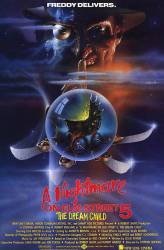
Question: I'm a little confused about Greta's death. Was it from eating too much or from her eating what was not good for her?
Answer: Her death was from Freddy overfeeding her while in the real world she choked to death.
Answer: In the VHS version, Freddy cut open her stomach and was feeding her own intestines. That's why when he cut open the doll on the high chair tray Greta was wincing and squirming as Freddy had just cut her stomach open. I guess you could say that that doll on the high chair tray was like a voodoo doll of Greta so whatever Freddy did to it happened to Greta too. Eventually, Freddy caused Greta to choke on her own intestines which caused her to choke to death in the real world.
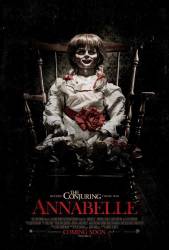
Question: What is the title of the black-and-white movie that Mia was watching while knitting on the bed?
Chosen answer: It is actually an episode from the show General Hospital.
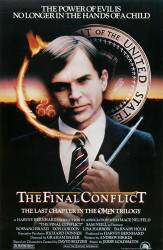
Question: It is implied that Satan and the forces of evil are always watching out for Damien so that when anybody gets anywhere near to hurting him they invariably meet a very sticky end. So how is it that, at the end of the film, Kate Reynolds is able to stab Damien to death with such apparent ease when all previous efforts to kill him have failed so dismally?
Answer: Damien states at one point that as the birth of the Nazarene gets closer, his strength fades accordingly. Presumably this also applies to any forces assisting him.
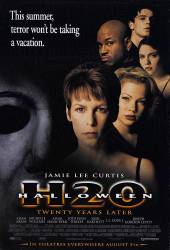
Question: If Myers switched with the paramedic (as shown at the start of the next movie) and the medic couldn't speak because his larynx was crushed, why didn't he take the mask off to show Laurie it wasn't Myers? At the end you can see that he was able to have full use of his arms and hands when he got out of the body bag, then got up after he got hit by the van and when he was pinned he raised his hands to her.
Chosen answer: There is no answer to that. Its simply bad work by the writers. They never tried to explain that. You could perhaps assume shock had prevented the paramedic from immediately taking the mask off. Unlikely though,.
Answer: Because they didn't think there'd be another movie, as this one appeared to be Myers' swan song, as it should've been.
Answer: And seriously, only a Michael Myers could survive all of that trauma. It was a Hollywood ending that could go either way and if the ratings and the income was savory enough, the paramedic dies! So yes, maybe this paramedic was a Myers relation.
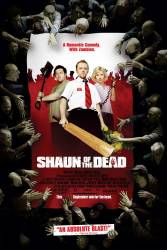
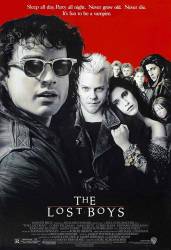
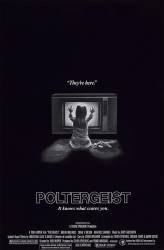
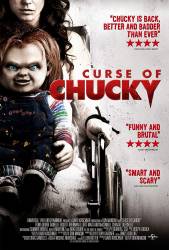
Answer: It is not consistently portrayed throughout the series where victims will end up when attacked by Freddy. Some victims are shown running from Freddy down hallways and their dead bodies are found in their bed, others are shown "sleepwalking", and end up being found relative to where they were in the dream world. There doesn't appear to be any rhyme or reason for this inconsistency.
BaconIsMyBFF